Probe: Mahsa Amini’s death caused by illness rather than alleged blows to her head, body
Iran’s Legal Medicine Organization has released the results of its investigation into the case of Mahsa Amini, saying that her controversial death was caused by an illness rather than alleged blows to the head or other vital body organs.
The official medical report was released on Friday, some three weeks after the 22-year-old Iranian woman fainted at a police station and was pronounced dead days later on September 16 at a Tehran hospital.
“According to hospital documents, the study of CT scans of the brain and lungs, results of physical examination of the body and an autopsy, and pathological tests, the death of the individual was not caused by blows to her head, vital organs and limbs,” said the report.
Amini had undergone a craniopharyngioma surgery at the age of eight which led to the eruption of disorders in the hypothalamus and hypophysis gland, said the report, adding that the deceased used to take hydrocortisone, levothyroxine, and desmopressin as medication.
According to the report, Amini fainted on September 13, leading to a heartbeat interruption and blood pressure decrease as her body was not able to adjust to the new conditions considering her illness.
Ineffective cardiopulmonary resuscitation in the early minutes caused severe brain hypoxia, said the report, adding that she was pronounced dead on September 16 at Kasra Hospital due to multiple organ failure despite all efforts to save her.
Protests over the death of Mahsa Amini erupted first in her native province of Kordestan and later in several cities, including the capital.
Although Iranian President Ebrahim Raeisi immediately ordered a thorough investigation into the case, the protests soon turned violent, with rioters fatally attacking policemen and indulging in vandalism against public property in several cities.
The foreign-backed violent riots have also claimed dozens of lives from both security forces and innocent people as the Western media and Persian-language news networks continue to induce riots in Iran.
‘Police made no fault’
Meanwhile, Police Chief Brigadier General Hossein Ashtari said that no fault can be attributed to police forces in the case of Mahsa Amini.
Speaking at the Friday prayers in Tehran, Ashtari voiced regret over her death but said police forces were only doing their mission according to the law and enactments of the Supreme Council of the Cultural Revolution.
He rejected any sort of beatings when Amini was taken into custody.
Referring to the riots, Ashtari said “police cannot tolerate distortion of security by a number of rioters.”
“We do not let the peace and security of people be disrupted by some individuals who have determined aims and by MKO, the Americans, and Zionists,” he added.
Enemy’s misleading narratives
The police chief also said that one of the strategies of the enemy in recent riots was to disseminate misleading narratives on the death of some individuals such as the case of 17-year-old Iranian girl Nika Shakarami.
“Those who were murdered had not been at the site of demonstrations nor were they killed by weapons used by security forces,” he said, noting that they were killed by cold weapons such as knives whereas security forces use rubber bullets.
Replacing suicide with murder
Another case of a misinformation campaign run by Western media concerns a 16-year-old girl named Sareena Esmaeilzadeh. They claimed that she was killed by security forces during protests in Karaj. Initial reports, however, indicated that she had committed suicide.
According to Hossein Fazeli, head of Alborz Province justice department, right after Esmaeilzadeh’s death was reported, related authorities went to the scene and initial investigations showed that she had thrown herself down from the roof of a five-story building.
She had once attempted suicide by consuming drugs, Fazeli said, citing the remarks made by the deceased’s mother.
The forensic report also clarifies that the cause of the death has been the multiple injuries and fractures and bleeding due to falling, added the official.

Certain groups manipulating Iran-US talks, goading US into making ‘maximalist demands’: FM
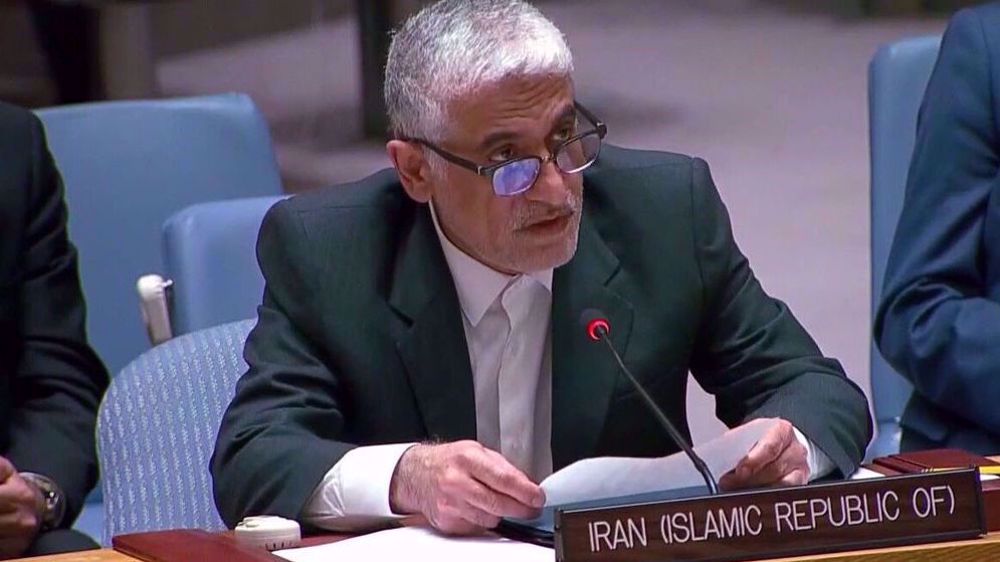
Iran condemns baseless GCC claims on 3 Persian Gulf islands
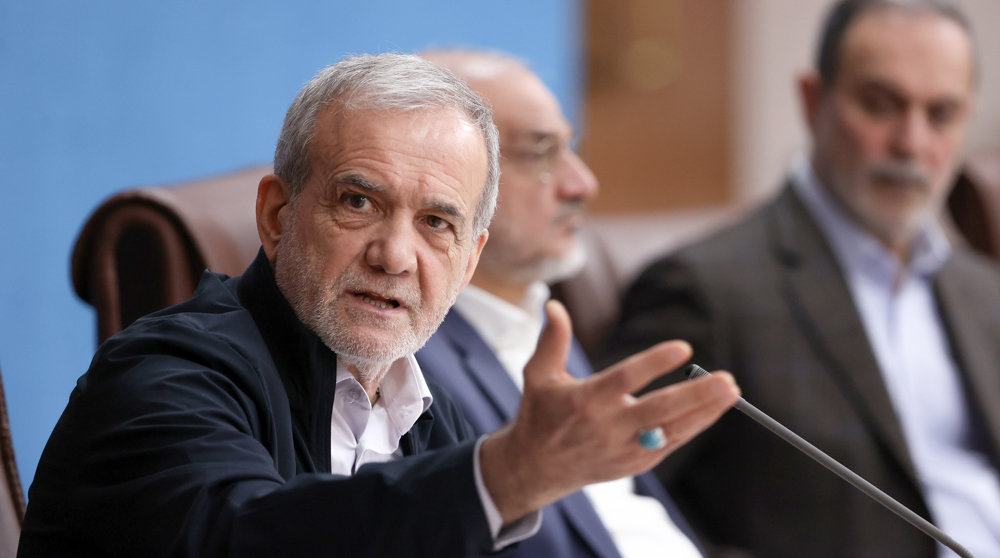
Iran will ‘chart its own path’ if US refuses to negotiate on ‘equal footing’: President
VIDEO | Press TV's news headlines
‘Guardians of Revolution’: IRGC warns enemies it is at ‘peak of all-out readiness’
Microsoft collaboration in Gaza genocide
VIDEO | Senior Hamas-allied leader killed in Israeli drone strike south of Beirut
Syria arrests Islamic Jihad officials after US ties sanctions relief to ban on Palestinian groups
Gaza children dying not only from bombs, but hunger: Health Ministry
Israeli strikes kill nearly 10 Gazans, including two children, in new aggression
VIDEO | Rome talks & sword breaks in Gaza



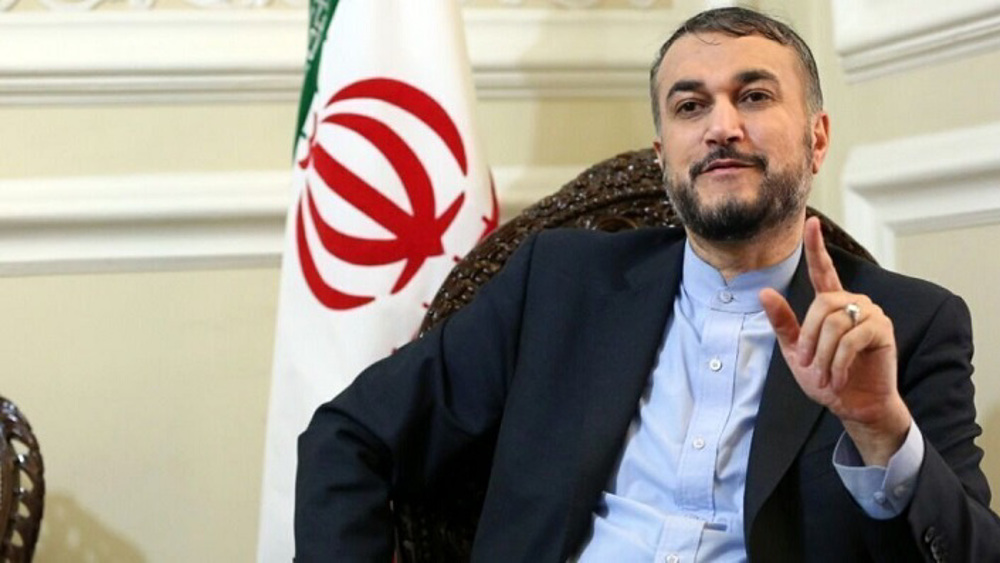
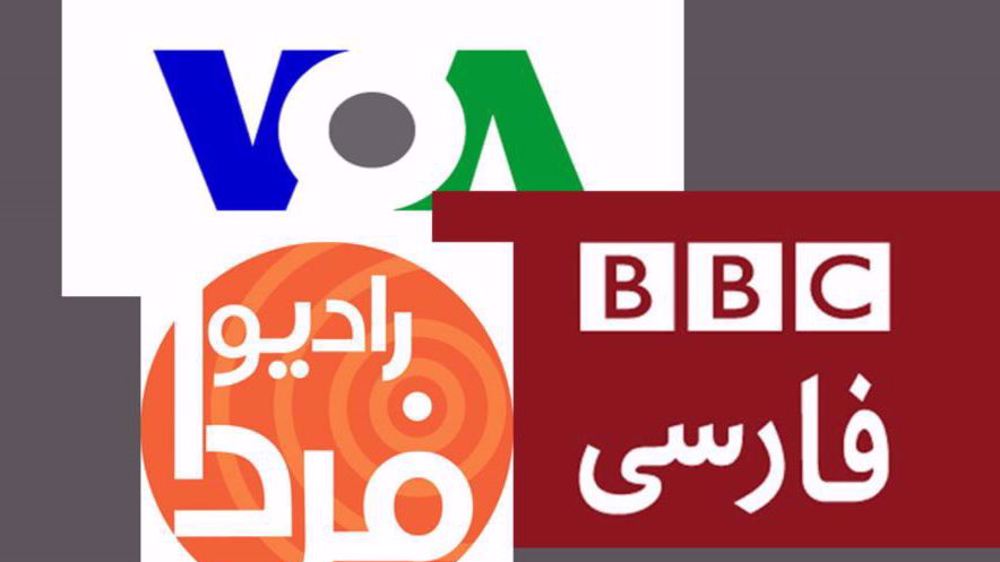



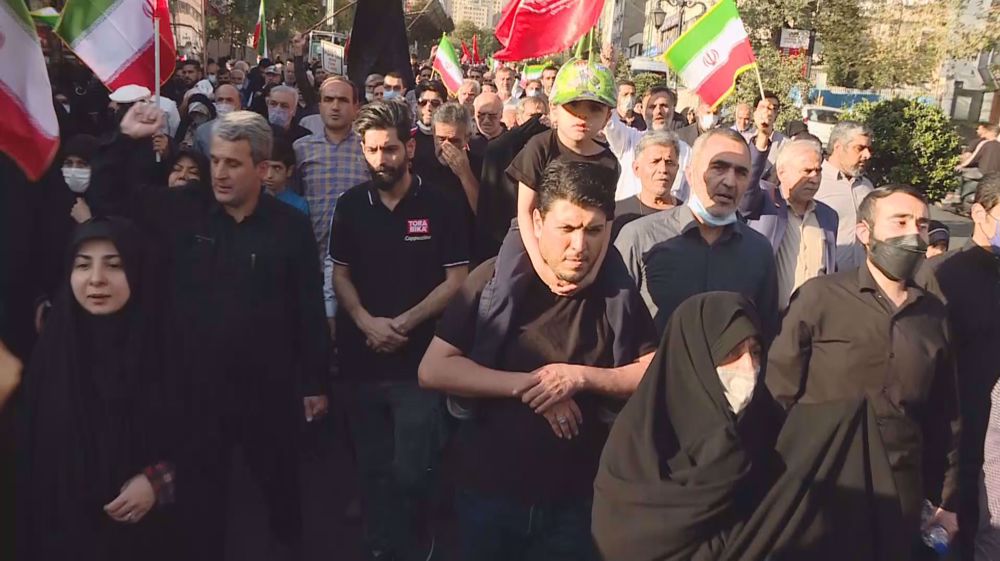
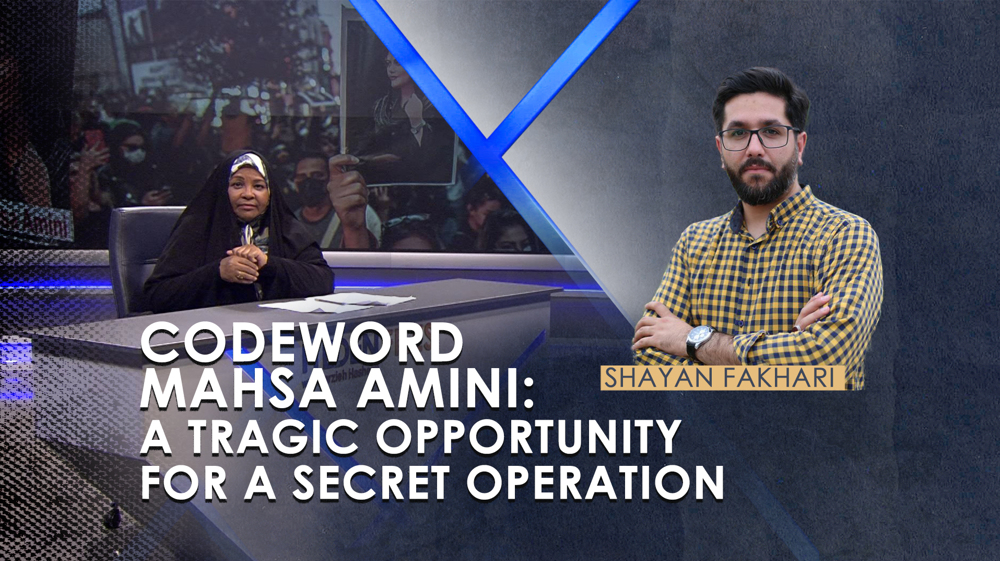


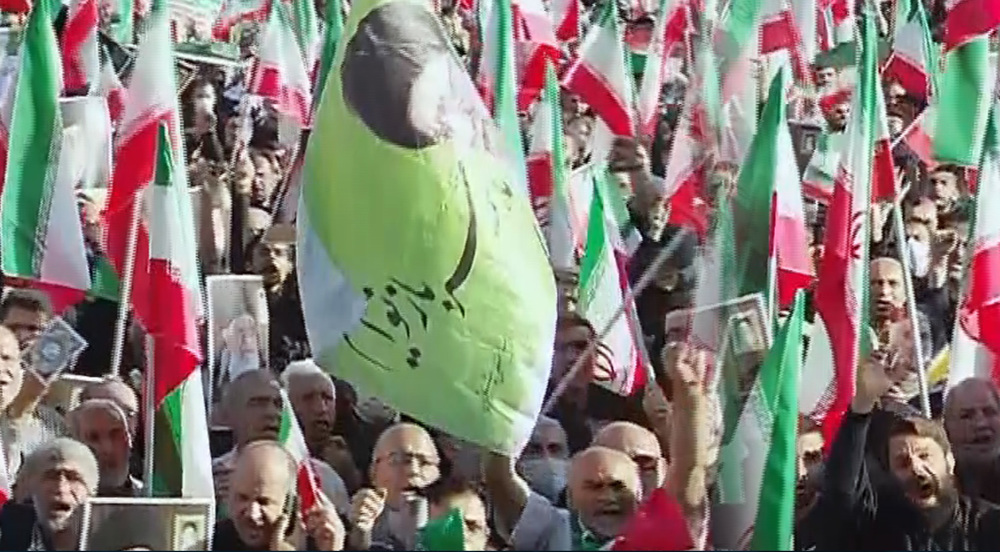

 This makes it easy to access the Press TV website
This makes it easy to access the Press TV website